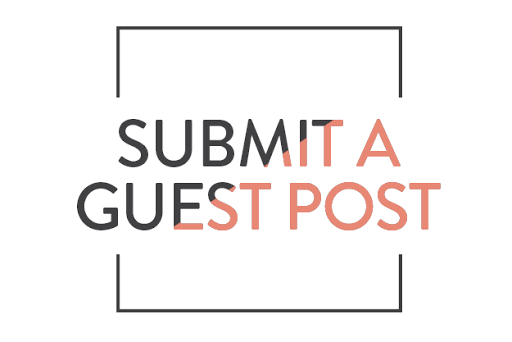As AI chat interfaces become more prevalent in apps, websites, and customer service platforms, design decisions that enhance readability and user experience are taking center stage. One often overlooked but critical component of these decisions is font selection. The right typeface can dramatically influence the clarity, tone, and accessibility of a chatbot conversation. From simple customer inquiries to complex support systems powered by AI, typography plays an essential role in enhancing communication between humans and machines.
Font choice in AI chat interfaces must balance multiple factors: readability, formality, compatibility across devices, and brand alignment. While sleek design and rapid response times are crucial, they lose their impact if users struggle to read the content.
Why Font Matters in Chat Interfaces
The nature of AI chat interfaces is conversational—essentially mimicking human interactions in a digital format. Because these interfaces aim to simulate conversation, every micro-design decision matters. Poor font choices can create visual fatigue and misunderstandings, ultimately harming the user experience.
[ai-img]user interface, chatbot, conversation, mobile[/ai-img]
Unlike static text on websites, chat content updates dynamically. This creates a unique challenge: the font must perform well even when text loads incrementally, one snippet at a time. This makes legibility and flow critical in choosing the right typeface.
Top Fonts Recommended for AI Chat Interfaces
- Roboto: A popular sans-serif typeface developed by Google. Roboto is highly legible on both mobile and desktop screens, which makes it ideal for dynamic interface elements like chat bubbles.
- Helvetica Neue: Known for its clean, modern aesthetic, Helvetica Neue works well in professional environments. Its balanced letter spacing and geometry are excellent for longer chat exchanges.
- Inter: Designed for computer interfaces, Inter is a variable font that offers high readability at small sizes. It’s perfect where screen real estate is limited, such as mobile chat apps.
- Segoe UI: The system font for Windows, Segoe UI is optimized for clarity and legibility at various resolution levels. It ensures a native-feel on Microsoft-based platforms.
- SF Pro Text (Apple): Optimum for iOS users, SF Pro Text aligns with Apple’s overall interface design principles. It scales well, maintains contrast, and looks polished across different iOS devices.
Font Characteristics That Enhance AI Chat UX
Not all fonts are created equal when it comes to AI interactions. Designers and developers should look for the following font characteristics to ensure optimal user experience:
- High legibility: Fonts with clean lines and consistent spacing make onscreen reading easier, reducing eye strain during longer sessions.
- Scalability: Responsive fonts that remain legible at various sizes are crucial for adaptive chat applications on different devices.
- Neutral tone: A chatbot should sound neither too rigid nor too playful. Fonts like Roboto and Inter strike this balance well.
- Support for varied weights and styles: The ability to bold, italicize, or differentiate messages (such as system alerts or user input) improves the dialog’s clarity.
[ai-img]font comparison, chatbot UI, typography[/ai-img]
Common Pitfalls to Avoid
While selecting fonts for AI chat interfaces, avoiding certain missteps can save significant refinement time later. Avoid decorative or overly stylistic fonts that might clash with the tone of the conversation. Likewise, fonts with tight line spacing or irregular character shapes should be avoided, especially for accessibility reasons.
Another common issue is failing to test typefaces across devices. A font that looks perfect on desktop might display poorly on mobile due to rendering differences or screen size limitations. Always test in real user scenarios.
Conclusion
Choosing the right font for an AI chat interface is more than a design decision—it’s a critical step in crafting a seamless and user-friendly experience. Fonts like Roboto, Inter, and Segoe UI bring clarity, neutrality, and legibility, ensuring that the AI’s “voice” is both understandable and approachable.
AI is all about efficient communication, and the font used to deliver that communication is a silent but powerful ally. Invest in typography, and your chat interface will gain not only in beauty but also in function.
Frequently Asked Questions (FAQ)
- Q: What is the most readable font for AI chat on mobile devices?
A: Roboto and Inter both score highly for readability and are optimized for mobile platforms. - Q: Are serif fonts good for AI chat interfaces?
A: Generally, it’s best to avoid serif fonts in chat interfaces as they can reduce readability on small screens. - Q: How important is font size in chat interfaces?
A: Extremely important. A size of 14–16px is typically regarded as optimal, but it should be tested based on your audience and platform. - Q: Can I use custom fonts for my chatbot UI?
A: Yes, but ensure they are web-safe, load quickly, and degrade elegantly if not supported on certain devices. - Q: Do fonts affect chatbot tone perception?
A: Absolutely. A casual font can make the bot seem more friendly, while formal fonts add professionalism. Choose based on your chatbot’s personality.


